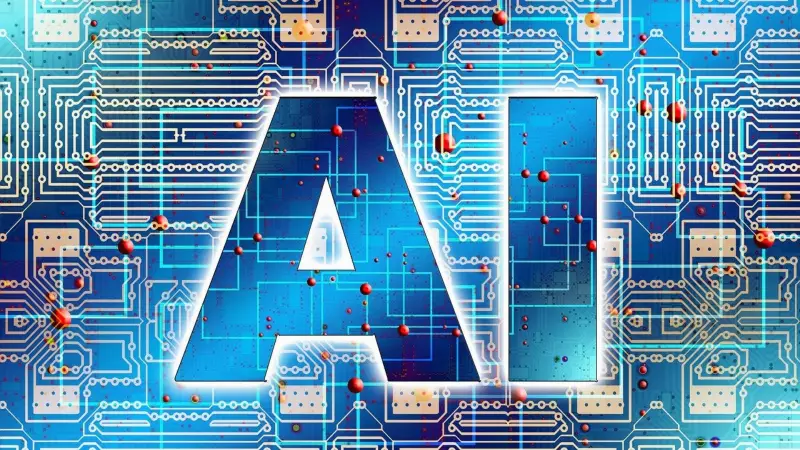
The Indian government has set an ambitious course to integrate Artificial Intelligence (AI) into the school system, starting from Class III as early as the 2026-27 academic session. This bold move, announced by the Ministry of Education, aims to prepare the country's future workforce for a technology-centric global economy. However, this rapid push is sparking a crucial debate among educators about its timing, purpose, and pedagogical soundness.
The Government's AI Blueprint for Schools
The foundation for this nationwide AI rollout was laid earlier with the SOAR (Skilling for AI Readiness) initiative launched in July. This program has already brought AI education to nearly 18,000 CBSE-affiliated schools from Class VI onwards. The current structure involves 15-hour modules for students in Classes VI to VIII, escalating to more intensive 150-hour elective courses for Classes IX to XII.
To formalize this expansion, the CBSE has submitted a draft curriculum for "AI integration" to the NCERT for review. This stands in stark contrast to the approach in higher education, where only a handful of universities have introduced mandatory AI courses for science and engineering students this year.
Pedagogical Concerns and Practical Hurdles
While the government's intent is to "bridge the digital divide" and create opportunities for children from rural and under-resourced communities, critics find this reasoning paradoxical. In a nation where a vast majority of students and teachers have minimal experience with basic digital tools in education, the leap to AI seems, at best, ironic and, at worst, callous.
Furthermore, the phrase "AI in schools" itself is shrouded in confusion. It can mean anything from AI literacy and using AI tools in classrooms to leveraging AI for teacher productivity and personalized learning. This ambiguity makes it imperative to distinguish between teaching children how to use AI tools intelligently and teaching them the complex fundamentals of AI as a subject.
The existing curriculum for middle school delves into advanced domains like Computer Vision, Natural Language Processing, and statistical data. For instance, Class VII students are introduced to AI's role in fostering sustainability and societal development, including concepts like Sustainable Development Goals (SDGs) and system maps. The curriculum advances in subsequent grades to cover the AI Project Cycle, AI ethics, mathematics for AI, generative AI, and even complex models like supervised and unsupervised learning.
Is Critical Thinking Being Compromised?
The core of the criticism, as voiced by Professor R Ramanujam of Azim Premji University, lies in the execution. He questions how a 12-year-old is expected to grasp abstract concepts like "fostering sustainability" or the utility of system maps, which require a level of maturity often beyond their years.
The pedagogical approach also raises red flags. Consider a sample question from the Class VII AI handbook: "Which SDG focuses on 'gender equality and empowering all women and girls'?" If the goal of AI education is to foster a critical and thoughtful outlook on the technology, such rote-learning exercises completely undermine that objective. Given India's longstanding struggle to instill critical thinking through its science education, expecting it to flourish in a complex new field like AI seems unrealistic.
Professor Ramanujam argues that the question is not a simple "yes or no" to teaching AI. Instead, the focus must be on a thorough examination of the educational purpose, the pedagogical methods, and the assessment modes. Developing teacher capacity and resources is a non-negotiable prerequisite. For young children in primary and middle school, the psychology of learning is paramount. AI is both seductive and addictive, and its introduction to small children demands immense responsibility. The nation must continually ask itself: Are we being wise?





